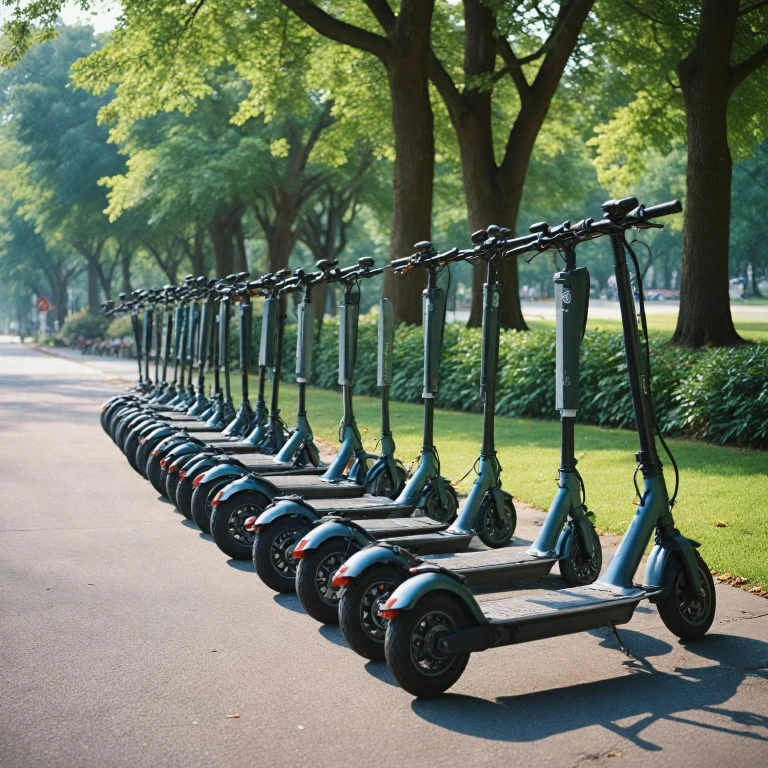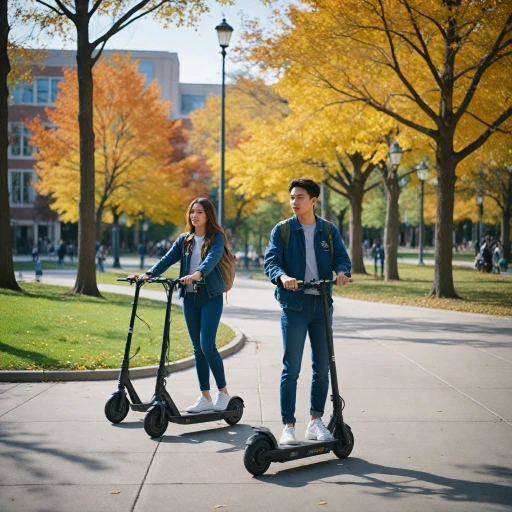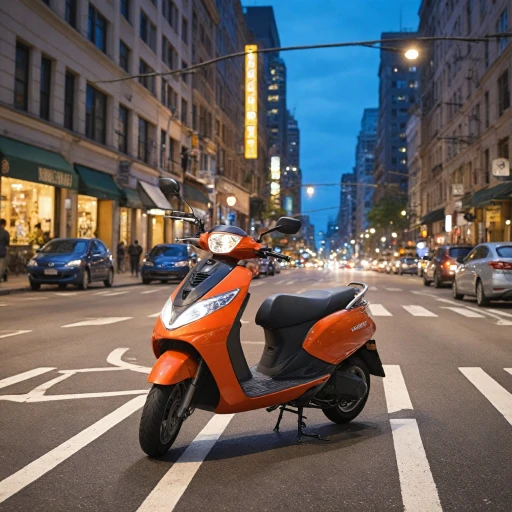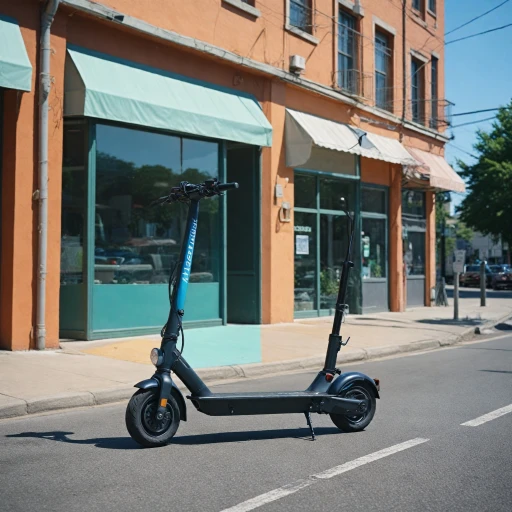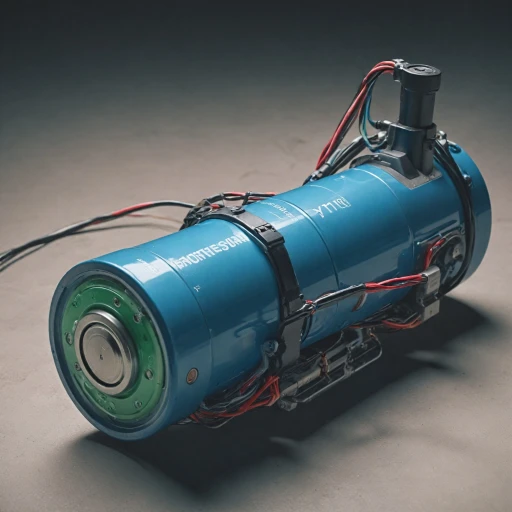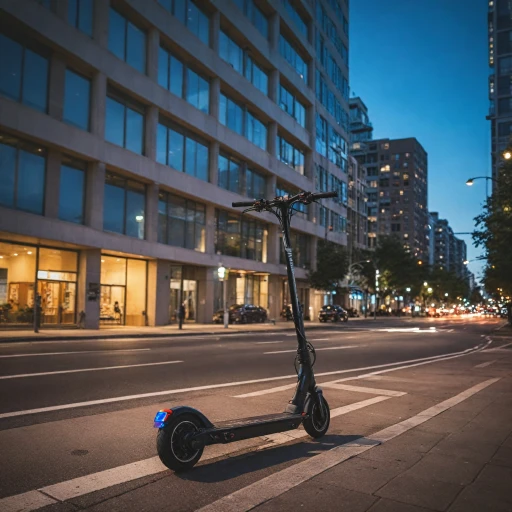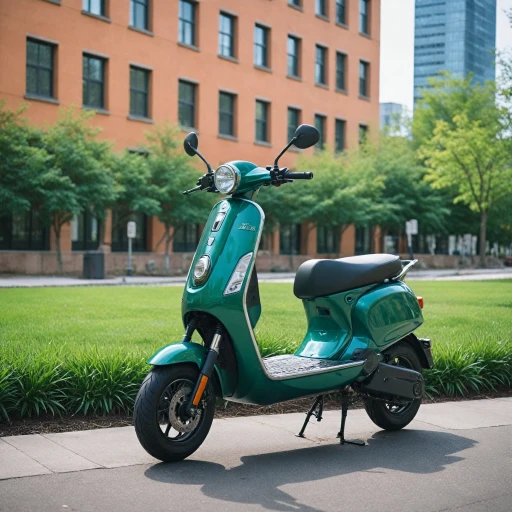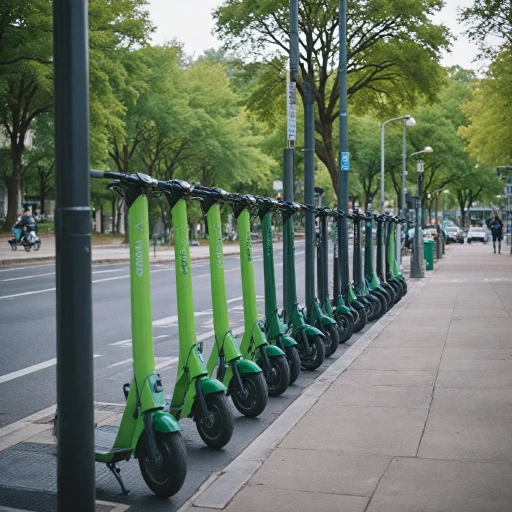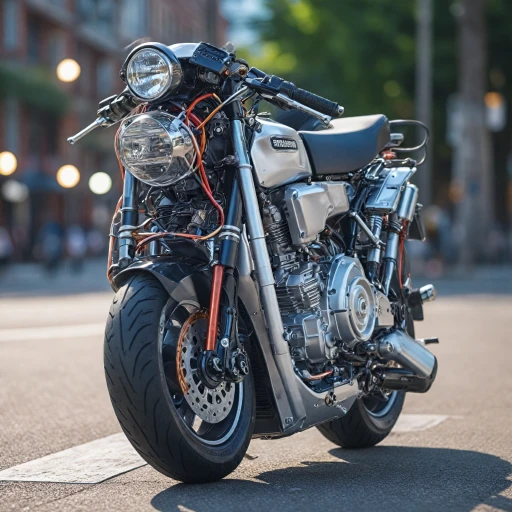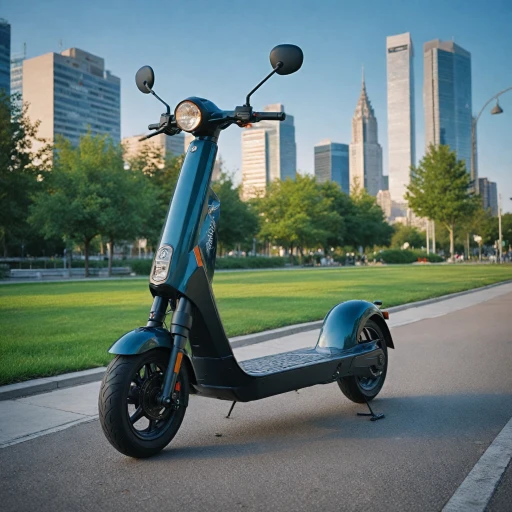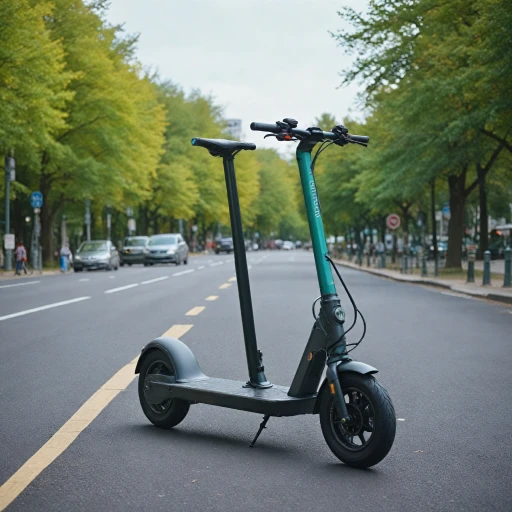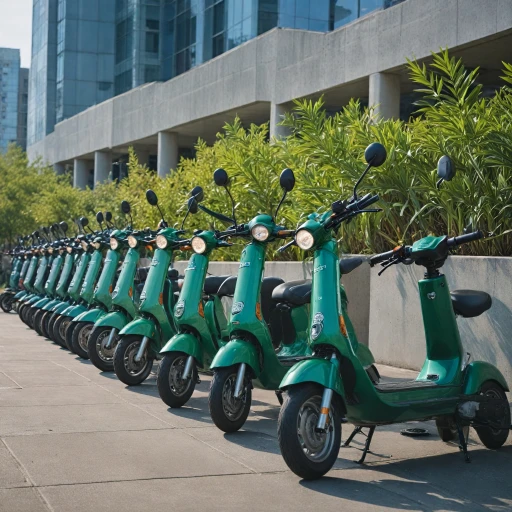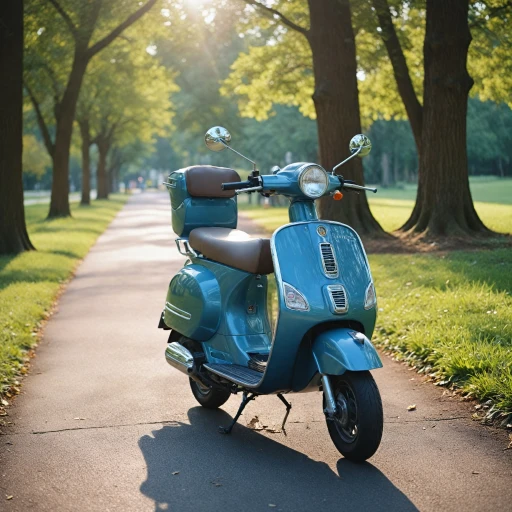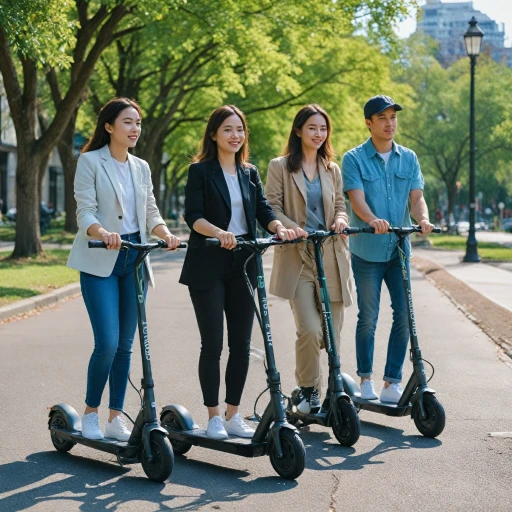
The importance of weight limits in electric scooters
Significance of Understanding Weight Limits in Electric Scooters
Electric scooters have become a favorite mode of transport for many, offering a blend of convenience, mobility, and eco-friendliness. However, the importance of adhering to the weight capacity of these scooters cannot be overstated. Ensuring you're aware of these limits is crucial for maintaining safety and enhancing the overall ride quality. When it comes to electric scooters, the weight limit is a specification you should never ignore. It affects not just the safety, but also the performance and longevity of the scooter. Many electric scooters are designed with specific weight limits to cater to a broad spectrum of riders. These limits vary by model, catering from lighter to heavy riders, depending on the scooter's build and power. Understanding and adhering to these weight limits is paramount. Exceeding the recommended weight capacity can significantly compromise safety. It leads to increased wear and tear, which can reduce the lifespan of key components like the battery and tires. Additionally, a scooter that is overloaded may not deliver its best performance, such as reduced speed, range, and overall less efficiency. For riders who are on the higher end of the weight spectrum, seeking a scooter with a higher load capacity is advised. This will ensure a smooth ride without overstraining the scooter’s mechanics. A heavier duty scooter not only supports a higher weight but also provides durability and a smoother ride, thanks to features like solid tires and robust suspension systems. Considering such factors is essential when shopping for the right electric scooter. For more detailed insights, this guide for heavier riders offers invaluable information. By understanding and respecting the weight limits, you are taking a significant step toward enjoying the best possible scooter experience without compromising safety or performance.Factors influencing electric scooter weight limits
Determining the Weight Capacity of Electric Scooters
Weight capacity is a significant factor for scooter manufacturers, as it directly impacts performance and safety. Knowing what influences the weight limits of electric scooters helps to ensure the best ride quality and performance.- Scooter Design: The structural design of a scooter plays a crucial role in its weight limits. Heavy-duty frames with reinforced materials can support heavier riders, while lighter models are often designed for average weight individuals. This design consideration ensures that both lighter and heavier riders can find a suitable option.
- Tire Type and Size: Tires contribute significantly to a scooter’s load-bearing capability. Solid tires offer durability and can better support a high load, but pneumatic tires might provide a smoother ride. It’s essential to consider how the type and size can affect the scooter's performance and weight limit.
- Motor Power: An electric scooter equipped with a powerful motor can generally accommodate heavier load limits compared to less powerful models. A scooter with a motor that can achieve a high speed and mph often supports a better weight capacity, offering a more robust ride.
- Battery Strength: The battery is another key factor. The scooter’s range and speed are contingent on battery strength. A more powerful battery not only influences the range but also the high performance when the scooter is carrying a heavy load.
How to choose the right scooter based on weight capacity
Finding the Ideal Electric Scooter for Your Weight Requirements
Selecting the right electric scooter that matches your weight capacity is vital for ensuring a secure and smooth ride. This process involves a careful examination of various elements that affect the scooter's weight limits. Understanding these factors will guide you in making an informed decision, perfectly suited to your needs. Here are some crucial points to consider:- Identify Your Riding Needs: Every scooter is designed with specific capability limits. Determine how you'll primarily use the scooter—whether for commuting, short distances, or long-range rides. This will help you assess the needed performance and power without compromising on safety or functionality.
- Check the Weight Limit: A key specification is the electric scooter's weight limit, typically ranging from 200 lbs to over 400 lbs. This limit is influenced by the scooter's build, battery quality, and motor power. Notably, finding the right electric scooter for adults weighing up to 400 lbs ensures that the scooter is sufficiently robust and durable.
- Analyze Key Features: Look for performance scooter features that support your weight without strain. Solid tires, a high-capacity battery, and an efficient motor contribute to a high-performance and safe ride. Selecting scooters with the best power ensures a reliable speed and ride quality.
- Consider Your Budget: High performance scooters designed for heavier riders might carry a higher price tag, but they offer enhanced range and safety. Balancing regular price against the necessity of a heavy-duty performance scooter is crucial.
Impacts of exceeding the weight limit
Consequences of Exceeding Your Scooter’s Weight Limit
When it comes to electric scooters, sticking to the weight capacity set by the manufacturer isn’t just a suggestion—it’s a crucial guideline for maintaining both safety and scooter longevity. Ignoring these limits can lead to a range of negative effects, impacting everything from speed to battery life.
- Reduced Performance: Exceeding the weight capacity can significantly hamper the scooter’s performance. The additional weight puts strain on the motor, often leading to a decrease in the top speed you can achieve, which might fall well below what the scooter promises in its specifications.
- Battery Life: Overloading can also affect the scooter’s battery. With a heavier load, the battery works harder, leading to increased energy consumption which reduces the overall ride range. This can mean more frequent charges and potentially a shorter battery lifespan.
- Increased Wear and Tear: Every component, from tires to brakes, experiences extra pressure and stress when carrying more weight than it should. This heightened wear can lead to premature deterioration, affecting the overall ride quality and necessitating more frequent maintenance or replacements.
- Safety Risks: Perhaps most importantly, surpassing the weight limit can become a safety hazard. With compromised stability and control, the risk of accidents increases considerably, especially at higher speeds.
To get the best out of your scooter and ensure a smooth ride, always adhere to the recommended weight limits. Not only will this enhance your riding experience, but it will also fortify the scooter’s high performance capabilities over time.
Comparing weight limits across popular scooter brands
Comparative Overview of Electric Scooter Weight Capacities Across Brands
When it comes to electric scooters, not all brands offer the same weight capacity. Understanding the differences can help you make an informed decision tailored to your specific needs.
Some of the popular brands stand out for their high-performance scooters designed for heavy riders, offering impressive load-bearing capabilities:
- Xiaomi: Often praised for offering a balance between price and performance, many Xiaomi models support up to 220 lbs. While this suits the needs of average riders, heavier riders may seek models with higher limits.
- Segway Ninebot: Known for their smooth ride and reliable build, these scooters typically support a weight of up to 220 lbs, but certain models go up to 265 lbs, offering better options for heavier individuals.
- Dualtron: A brand synonymous with high performance and long range, their scooters are often preferred by serious riders. With weight limits reaching up to 330 lbs, Dualtron caters to those who require heavy-duty solutions.
- Apollo: This brand's focus on power and versatility is evident in their models that handle up to 300 lbs, promising both speed and a smooth ride even for heavier riders.
- Hiboy: Offering a wide range of options at a regular price, their scooters support between 220 to 270 lbs, ensuring ride quality across different terrains.
Beyond weight capacity, consider factors like range and battery life, as these significantly impact your scooter's performance and overall ride experience. Evaluate your needs to find the best electric scooter that provides the top speed and smooth ride you desire.
Tips for maintaining your scooter's performance
Keeping Your Scooter Running Smoothly
When it comes to maintaining the performance of your electric scooter, adhering to its weight limit is crucial. But beyond that, regular care and maintenance can significantly extend the lifespan and efficiency of these popular modes of transport. Here are some key pointers to help you keep your scooter in top condition:- Monitor Tire Condition: The condition of your tires can affect ride quality and speed. Regularly check for wear and tear, particularly if you're a frequent rider or tend to carry heavier loads. Solid tires may require less maintenance but keep an eye on their integrity.
- Battery Care is Essential: A scooter’s range and power largely depend on the battery. To avoid unexpected interruptions in your ride, charge the battery fully and avoid letting it deplete completely. Maintaining a proper charging cycle is key to long battery life.
- Observe Weight Limits: Carrying more than the recommended weight can not only hinder performance but also damage key components like the battery and tires. Always ensure you're within the weight specifications provided.
- Routine Inspections: Establish a habit of conducting regular and thorough inspections of the mechanical parts, such as brakes, to ensure they’re functioning correctly. Safety is paramount, and regular check-ups can prevent accidents.
- Store Properly: When not in use, store your electric scooter in a cool and dry place to prolong its life. Exposure to extreme weather conditions can diminish the performance then lead to costly repairs.
